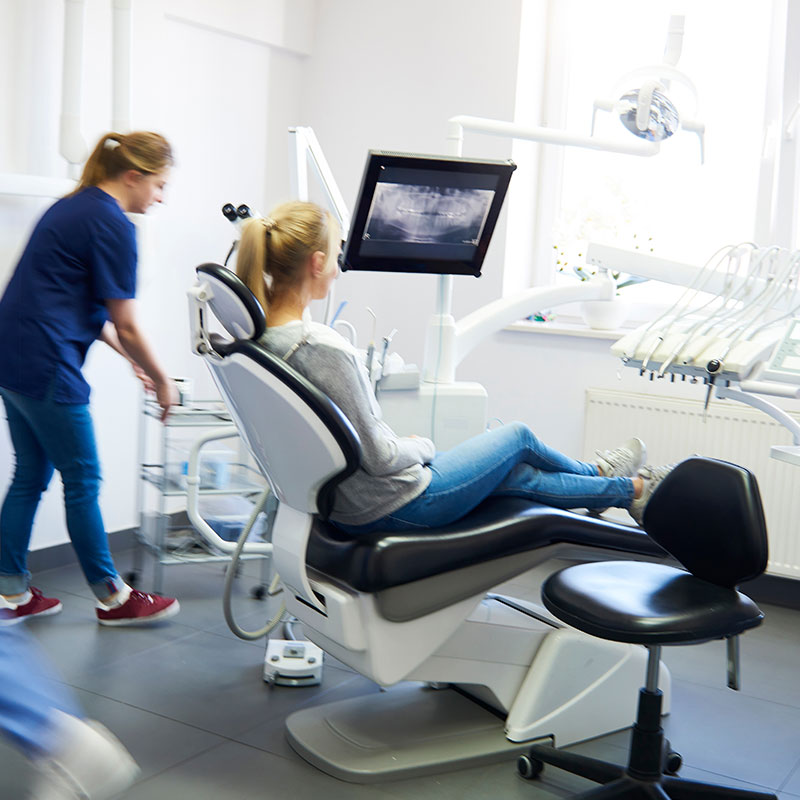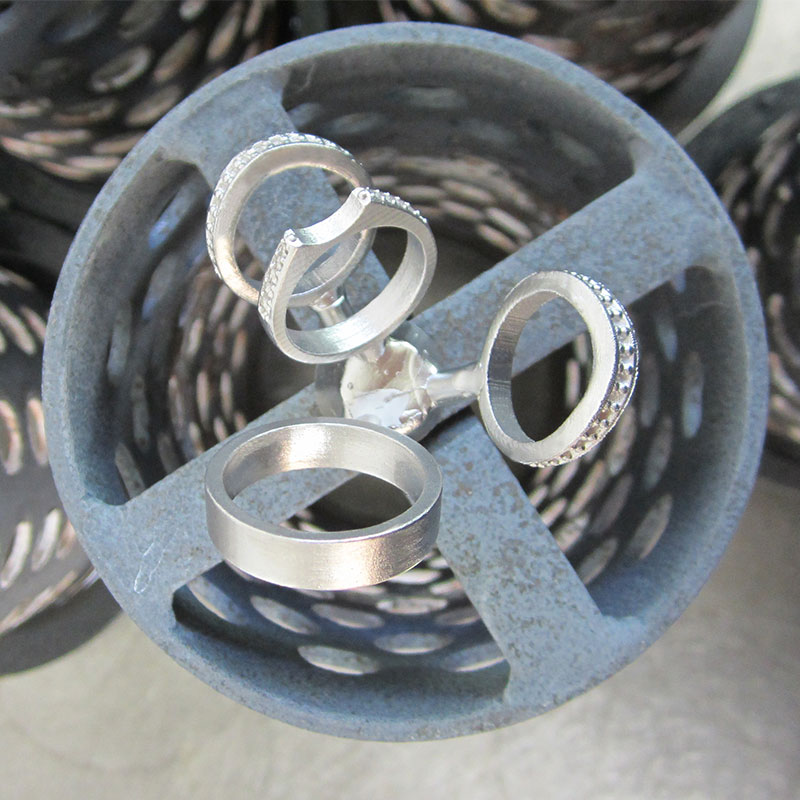Webinar: The rise of dental 3D printing
Join Lee Culp of Sculpture Studios as he technology, materials, his journey and how 3D printing has positioned itself in the dental industry.
A recording of this webinar is available to watch on demand.

Webinar summary
Throughout the years, restorative trends and techniques have come and gone. Some developments have transformed the face of restorative dentistry, while other initial concepts have phased out and faded away. Yet the concept of digital dentistry and 3D Printing is one that started out small and has progressively increased in momentum until its boundaries appear to have become endless.
The most exciting factor surrounding these technologies is not, however, only in the potential applications of these technologies that are being hypothesized by dental professionals. These advancements are not, therefore, something that will “eventually” emerge in the market, they are realities that are currently being released to further revolutionize the quality of dental care that is being delivered in modern restorative dentistry.
The newest materials to enter our restorative armamentarium is a revolutionary breakthrough in digitally designed prosthetics, the first 3D-printable ceramic reinforced hybrid material for definitive single crowns, inlay/only, veneers have been approved for definitive restorations. These nanohybrid ceramic formulations possess superior mechanical characteristics and esthetic properties that allow technicians to produce life-like restorations on par with those made with traditional materials, while streamlining the production process and reducing manufacturing costs. These 3D Resins are FDA 510k cleared as a Class II medical device and fulfills all necessary regulatory requirements for use in both permanent and temporary dental restorations. Printing permanent restorations could offer numerous advantages to dental laboratories, dentists and patients over other leading digital dental materials. These new materials offer excellent radiopacity to provide dentists with superior X-ray clarity, while its highest concentration of true ceramic fillers ensures maximal fracture resistance and minimizes repair visits. Although long-term data is not yet available, additive manufacturing appears to have great potential in fabricating permanent indirect restorations.
Speaker

Lee Culp, CDT
Lee Culp, CDT is the CEO of Sculpture Studios, a dental laboratory, research and product development center, for new and innovative digital diagnostic, restorative and digital applied applications to surgical and restorative dentistry.
He is the recipient of the following awards:
2003 National Association of Dental Laboratories, Excellence in Education Award
2007 American Society of Prosthodontics, Kenneth Rudd Award
2007 American Academy of Cosmetic Dentistry, Evy Award for Excellence in Dental Education
2013 American College of Prosthodontics, Dental Technician Leadership Award 2014 Spectrum, Lifetime Achievement in Dentistry Award.
2018 Dawson Academy, Distinguished Service to Dentistry Award
2022 National Association of Dental Laboratories, Hall of Fame Award
2022 American Academy of Cosmetic Dentistry, Evy Award for Outstanding Innovation in Dentistry
Lee is an avid writer, and had been a contributor to eight dental text books, including a chapter in Dr. Peter Dawson’s book Functional Occlusion: From TMJ to Smile Design.
He is a leading resource/inventor for many of the materials, products, and techniques used in dentistry today, holds numerous patents for his ideas and products, and writes many articles per year. His writing, photography, and teaching style have brought him international recognition, as one of today’s most exciting lecturers and innovative artisans in the specialties of digital dentistry, dental ceramics and functional esthetics.
Throughout the years, restorative trends and techniques have come and gone. Some developments have transformed the face of restorative dentistry, while other initial concepts have phased out and faded away. Yet the concept of digital dentistry and 3D Printing is one that started out small and has progressively increased in momentum until its boundaries appear to have become endless.
The most exciting factor surrounding these technologies is not, however, only in the potential applications of these technologies that are being hypothesized by dental professionals. These advancements are not, therefore, something that will “eventually” emerge in the market, they are realities that are currently being released to further revolutionize the quality of dental care that is being delivered in modern restorative dentistry.
The newest materials to enter our restorative armamentarium is a revolutionary breakthrough in digitally designed prosthetics, the first 3D-printable ceramic reinforced hybrid material for definitive single crowns, inlay/only, veneers have been approved for definitive restorations. These nanohybrid ceramic formulations possess superior mechanical characteristics and esthetic properties that allow technicians to produce life-like restorations on par with those made with traditional materials, while streamlining the production process and reducing manufacturing costs. These 3D Resins are FDA 510k cleared as a Class II medical device and fulfills all necessary regulatory requirements for use in both permanent and temporary dental restorations. Printing permanent restorations could offer numerous advantages to dental laboratories, dentists and patients over other leading digital dental materials. These new materials offer excellent radiopacity to provide dentists with superior X-ray clarity, while its highest concentration of true ceramic fillers ensures maximal fracture resistance and minimizes repair visits. Although long-term data is not yet available, additive manufacturing appears to have great potential in fabricating permanent indirect restorations.






























